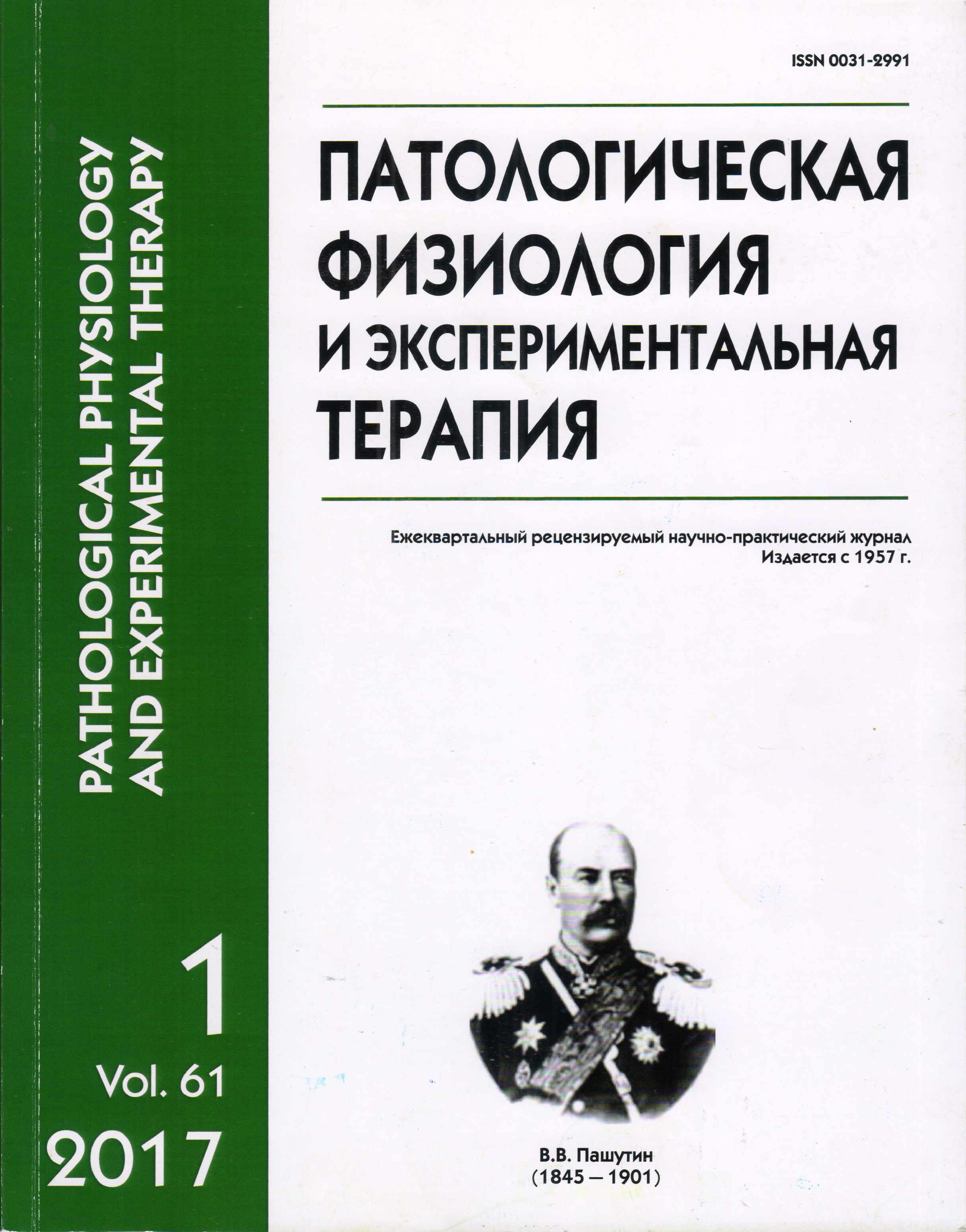Autoimmune reactions and reactions of rats bone marrow at acquired toxic hemolitic anemia with acute stress
Abstract
The purpose: to study of immune responses and bone marrow toxic reaction at hemolytic anemia with acute stress in experiment. Methods. 120 nonlinear albino rats; GA simulation was performed by a single intraperitoneal injection of 2.5% solution of phenylhydrazine (FG) — 20 mg/kg, or 2-butoxyethanol (BE) — 20 mg/kg body weight. Some animals used acute cold stress (temperature of 40°C, the exposure — 1.5 hours), a day after the introduction of a toxic agent. Results. FG and BE cause toxic acquired GA with an autoimmune component, macrocytic, hyper regenerative, but in the case of actions FG — hypochromic, in the case of actions EB — normochromic. With respect to effects on bone marrow, both agents stimulate erythropoiesis eventually, but their action is fundamentally different in relation megakaryocytic germ. FG significantly suppresses megakaryocytopoiesis, BE, on the contrary, it actively promotes. Probably the effect of EB attributable to its ability to influence the differentiation of the germ cells of megakaryocytic by changing the structure of the amino acids or enzymes.






